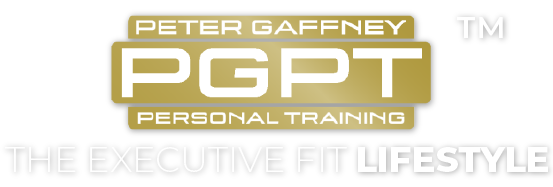[cs_content][cs_section parallax=”false” style=”margin: 0px;padding: 0 0px;”][cs_row inner_container=”true” marginless_columns=”false” style=”margin: 0px auto;padding: 0px;”][cs_column fade=”false” fade_animation=”in” fade_animation_offset=”45px” fade_duration=”750″ type=”1/1″ style=”padding: 0px;”][cs_text]Protein is an essential food group which our bodies require. At PGPT we promote having protein with each meal. But are all proteins made the same? The answer in short is NO.
So, what is protein and how is it made up? Often you hear fitness professionals refer to protein as the building blocks of the body, these in fact are known as amino acids. Protein is generally categorised as complete or incomplete, a definition of a complete protein source is one that contains all nine essential amino acids. Incomplete proteins lack one or more of these essential amino acids.
Here are my three recommendations of the most complete high protein, low calorie foods to eat.
Total 0 % Greek yogurt
Quick and delicious, this can be used as a breakfast or as a snack, and the beauty of Greek yogurt is you can dress it up, by adding, fruit or seeds.
[x_button shape=”square” size=”mini” float=”none” info=”none” info_place=”top” info_trigger=”hover”]Breakdown – per 100g = 50Kcals, 10g protein, 0g fat, 4g carbs and complete with amino acids.
[/x_button]
[x_line]
Salmon Fillet
Fish should be a staple part of a healthy lifestyle, I try to have fish three times a week for dinner. Personally, my favourite is salmon, as it’s easy to cook, made up of good omega 3’s, high in protein and contains all essential amino acids.
[x_button shape=”square” size=”mini” float=”none” info=”none” info_place=”top” info_trigger=”hover”]Breakdown – per 100g = 209Kcals, 25.3g protein, 12gs fat, 0g carbs, and contains all essential amino acids.[/x_button]
[x_line]
Chicken Breast
There are many ways in which you can cook your chicken, the best would be to either steam, grill or oven bake. If you want to keep calories down I would suggest using cayenne pepper or a mixed grill seasoning (my favourite). Packed full of protein and low in fat, it’s hard to beat the mighty bird.
[x_button shape=”square” size=”mini” float=”none” info=”none” info_place=”top” info_trigger=”hover”]Breakdown – per 100g = 195Kcals, 29.5g protein, 7.7g fat, 0g carbs.[/x_button]
Three protein sources that wouldn’t be my priority.
[/cs_text][x_image type=”none” src=”https://pgpt.co.uk/wp-content/uploads/2017/05/Hummus.jpg” alt=”” link=”false” href=”#” title=”” target=”” info=”none” info_place=”top” info_trigger=”hover” info_content=””][cs_text]
Hummus
A good snack, Tastes great, and is sold as a protein, but the honest truth is there isn’t much protein in there per 100g, it also comes with a high fat content.
[x_button shape=”square” size=”mini” float=”none” info=”none” info_place=”top” info_trigger=”hover”]Breakdown – per 100g = 385Kcals, 6.5g protein, 29g fat, 12g carbs.[/x_button]
[x_line]
Nuts
The problem when eating nuts is portion control. Nuts are a major source of fat which makes it very calorific. There is also not as much protein in nuts as one would think and is also lacking some essential amino acids that help the body grow, repair and replenish. Here is the breakdown of calories in a walnut
[x_button shape=”square” size=”mini” float=”none” info=”none” info_place=”top” info_trigger=”hover”]Breakdown – per 100g = 654Kcals, 15.2g protein, 65.2g Fats, 13.7g carbs.[/x_button]
[x_line]
Quinoa
Often a called a superfood and what most vegetarians turn to get a source of protein, but can often be misleading when it comes to calories. One positive is that it is one of the only seed based proteins that has all the essential amino acids in.
[x_button shape=”square” size=”mini” float=”none” info=”none” info_place=”top” info_trigger=”hover”]Breakdown – per 100g = 374Kcals, 13.1g protein, 5.8g fats, 68.9g carbs[/x_button]
So, there you have it. Six different proteins, all with varying strengths and weaknesses. At the end of the day protein is an expensive food group to buy, it’s not as readily available as carbohydrates and it is difficult to hit the required daily amount to maintain a fast metabolism and therefor build and maintain lean muscle mass. Whilst I have broken this down as good and bad proteins, if you are starting to eat protein with each meal, that is definitely a step in the right direction. Of course, if you get stuck you can always polish off a 500g T bone steak!
Success in fitness,
Joe[/cs_text][/cs_column][/cs_row][/cs_section][/cs_content]


